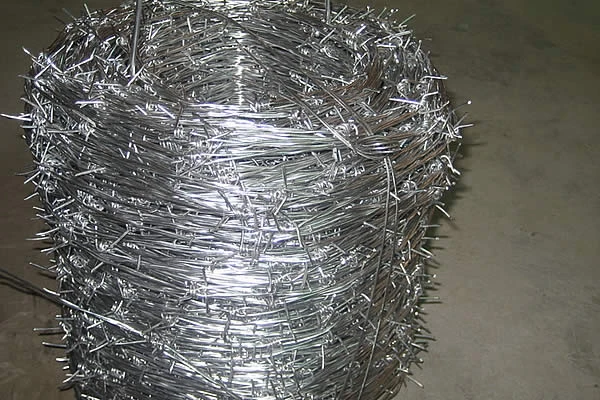 TEL:
+86-13102802206
TEL:
+86-13102802206
 Email:
fencenetting@china.com
Email:
fencenetting@china.com
 Language
Language
 TEL:
+86-13102802206
TEL:
+86-13102802206
 Email:
fencenetting@china.com
Email:
fencenetting@china.com
 Language
Language


Steel Mesh Retaining Walls An Innovative Solution for Landscape Engineering
In modern landscape engineering, the need for effective soil retention solutions has become increasingly critical. Among various methods and materials available, steel mesh retaining walls stand out due to their versatility, durability, and aesthetic appeal. This innovative approach to soil retention is not only practical but also environmentally friendly, making it a popular choice among architects and civil engineers.
What is a Steel Mesh Retaining Wall? A steel mesh retaining wall is essentially a structure designed to hold back soil and prevent erosion while allowing for drainage. The construction typically consists of welded wire mesh panels secured against the hillside or slope, often filled with soil or other materials. The primary advantage of using steel mesh is its strength and flexibility, enabling it to withstand the lateral forces exerted by the retained soil.
Advantages of Steel Mesh Retaining Walls One of the most significant benefits of steel mesh retaining walls is their ability to promote better drainage. The open structure of the mesh allows water to flow through, reducing hydrostatic pressure and minimizing the risk of water accumulation behind the wall. This characteristic is crucial in preventing soil erosion and instability, which can lead to costly repairs and potential hazards.

Additionally, steel mesh is highly durable and resistant to environmental conditions. Unlike traditional retaining walls made from concrete or timber, steel mesh can withstand extreme weather, including heavy rain and frost. This resilience ensures that the structure remains intact for many years, reducing maintenance costs and the need for frequent repairs.
Furthermore, steel mesh retaining walls can blend seamlessly into the natural landscape, offering a more aesthetically pleasing alternative to conventional barriers. The flexibility in design allows for various finishes and textures, enabling these walls to complement the surrounding environment rather than detract from it. This feature is particularly appealing for residential properties and public spaces where visual impact is crucial.
Applications of Steel Mesh Retaining Walls Steel mesh retaining walls are suitable for a wide range of applications. They are commonly used in agricultural settings to prevent soil erosion in fields and terraced landscapes. In urban environments, these walls can be employed to create level terraces, utilizing otherwise unusable steep slopes for gardens, walkways, or recreational areas. Additionally, they are often utilized in road construction and infrastructure projects, where controlling soil movement is imperative for safety and stability.
Conclusion As we continue to face challenges related to land use and environmental sustainability, steel mesh retaining walls emerge as a reliable and effective solution for soil retention. Their durability, aesthetic appeal, and ability to facilitate drainage make them an excellent choice for various applications in landscape engineering. As technology advances, integrating innovative materials and methods, such structures will play an increasingly critical role in enhancing both the functionality and beauty of our built environment. Whether you are an engineer, architect, or property owner, considering steel mesh retaining walls is a wise investment in the future of landscape design.